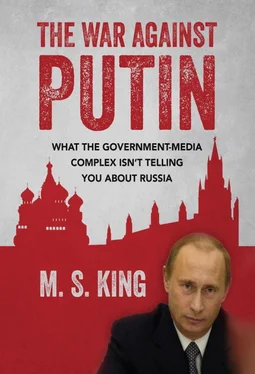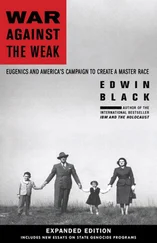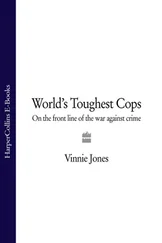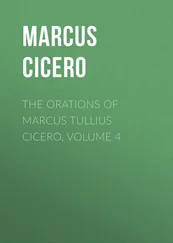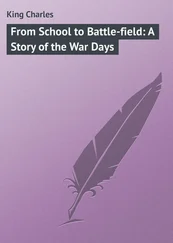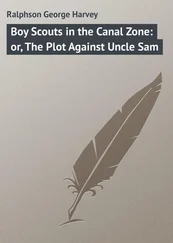With a powerful military occupying Eastern Europe and so many friends and loyalists in the West, Stalin and the Soviet Union were here to stay. Thus was born the strategy known as “containment”; a 1947 policy hatched by George Kennan of the Council of Foreign Relations. Now let this next excerpt sink in because it’s critically important to understanding current world events. Kennan, perhaps the preeminent CFR foreign policy giant of the 20 thcentury, wrote:
“The main element of any United States policy toward the Soviet Union must be that of a longterm, patient but firm and vigilant containment of Russian expansive tendencies.”
To that end, Kennan called for countering the USSR through the “adroit and vigilant application of counter-force at a series of constantly shifting geographical and political points, corresponding to the shifts and maneuvers of Soviet policy.”
Such a policy, Kennan predicted, would “promote tendencies which must eventually find their outlet in either the break-up or the gradual mellowing of Soviet power.” {22} 22 Search Term: Kennnan Containment Policy
(emphasis added)
In other words, what Kennan was saying to his fellow Globalists was this:
“Boys. We need to deal with reality here. We’re in for a very long struggle; maybe 30 or even 40 years. The only way we can conquer the Soviets is to surround them externally, and subvert them internally.” (author’s words, not Kennan’s)
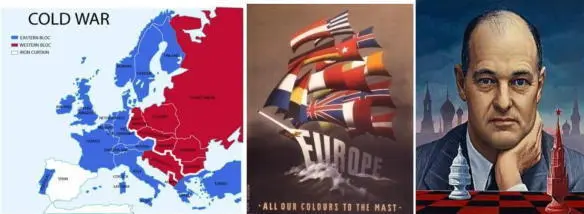
1: The Cold War was born when Stalin decided to keep Eastern Europe. 2: Marshal Plan Propaganda posters call for a United Europe. 3: Cold War Chess Master Kennan develops a long range plan.
In 1949, the Soviets detonated their first atomic bomb. Now a war with the USSR was really out of the question! Bombing disobedient nations into submission, as was done to Germany, Italy and Japan, was not an option when it came to the USSR. Not when a single Soviet nuke could turn all of London, and eventually New York, into a radioactive wasteland.
In April of that same year, the western military alliance of NATO (North Atlantic Treaty Organization) was formed. Lord Ismay, the first Secretary General of NATO, once remarked that the purpose of NATO was to “keep the Russians out, the Americans in, and the Germans down .” {23} 23 Search Term: Lord Ismay NATO keep Russians out
Certainly, the people of Europe had a legitimate fear of Stalin, and thus, a legitimate need for a defensive alliance. But modern day NATO (US and junior partners) can no longer be called a defensive organization. Just ask Messrs. Hussein & Qaddafi!
In December of 1949, Stalin’s Chinese agent, Mao Tse Tung, overthrew the Nationalist Chinese government.
The following year, Communist North Korea (placed under Stalin’s control after World War II) , attacked South Korea (protected by America) . The Korean War would last 3 years and cost about 50,000 American lives.
Joseph Stalin died in 1953. Some Russian historians believe that he was poisoned by some of his underlings; who no doubt breathed a huge sigh of relief when the paranoid old tyrant finally ‘kicked the bucket’.
Nikita Khrushchev was then named as First Secretary of the Communist Party, and later Premier. Khrushchev was responsible for the partial “de-Stalinization” of the Soviet Union; a series of relatively liberal reforms in areas of domestic policy. Khrushchev was still a thug who had faithfully served the Stalin-Kaganovich death cult, but when compared to his brutal predecessor, Nikita was a pussy-cat. As a historical figure, Stalin slowly but surely began to fall out of favor in Khrushchev’s Russia. Even by Soviet standards, “Uncle Joe” was simply too much of a beast.
Digressing from the Cold War for a moment, in 1954, Khrushchev made the purely symbolic public relations gesture of internally transferring the Crimean peninsula from the Soviet Russian Republic to the Soviet Ukrainian Republic. The transfer was meant as a show of respect and friendship for Russia’s Ukrainian brothers. But the Crimea, historic home of Russia’s Black Sea fleet, was and still is predominantly Russian. As you can guess, this event will also be revisited later on in the narrative.
During the 1950’s, Senator Joe McCarthy launched his crusade to expose the Communist infiltration of the American government. McCarthy gained a huge national following of both Republicans and Democrats. At first, when his investigations were limited to just lower and mid level Soviet agents, McCarthy was tolerated by America’s Globalist ruling class. But when the Junior Senator from Wisconsin began peeling back the onion, and suggesting that higher powers had actually allowed the infiltration to take place for their own domestic purposes; the press turned on McCarthy with a vengeance. Ultimately, it wasn’t Soviet backed secret Communists who destroyed McCarthy. It was the Globalists; with President Dwight D. Eisenhower foremost among them; albeit from “behind the scenes”.
Near the end of the Cold War Presidency of Dwight Eisenhower (“Ike”), one of the CIA’s U2 spy planes was shot down over Soviet airspace in 1960. Pilot Francis Gary Powers was then arrested by the Soviets, to be released in a spy swap 2 years later. As Supreme Allied Commander during World War II, Ike’s manifest affinity for Soviet Generals surprised some of Ike’s own staff (especially General George Patton) . The Allied Commander had even gone to Moscow, where he was an honored guest at a victory parade and after-party hosted by Stalin himself; {24} 24 Search Term: Eisenhower atop Lenin tomb
this as Soviet NKVD and Red Army units were gang-raping as many as 2 million helpless women in eastern Germany. {25} 25 Search Term: Red Army rape German women
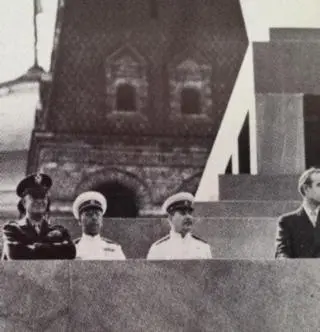
1945: Ike (l) proudly stands atop Lenin’s Tomb next to Stalin.
The seeming contradiction between Eisenhower’s unusual camaraderie with the Soviets (and also his latter day destruction of Joe McCarthy) , as opposed to his subsequent anti-Soviet Cold War chess moves, is no longer a mystery when we understand what the Cold War was really all about. Again, it was never about “Capitalism” vs “Communism”!The Cold War was all about the post-World War II breakup of a once close relationship between the Globalists and their Soviet partners. The “lovers’ spat” then degenerated into a long range turf war. Both groups were Global imperialists; and both groups hated McCarthy.

1: 1945: Eisenhower had a good old time in Moscow. 2: 1960: CIA Pilot Francis Powers on trial in the USSR. 3: The shoot-down of Powers heated up the Cold War.
The darkest days of the Cold War came during the Cuban missile crisis of 1962, after the discovery that the Soviets had deployed nuclear missiles on Fidel Castro’s Communist Island. In response, President Kennedy ordered a naval blockade of the island; a blockade which the Soviets threatened to run. With the world on edge, back-channel negotiations eventually resolved the crisis. The Soviets agreed to remove their missiles from Cuba in exchange for the U.S. removing its nuclear missiles from Turkey; missiles which were aimed at Moscow. It is important to note that the Soviet missiles deployed in Cuba were in response to the American missiles which were first deployed in Turkey.
Читать дальше
